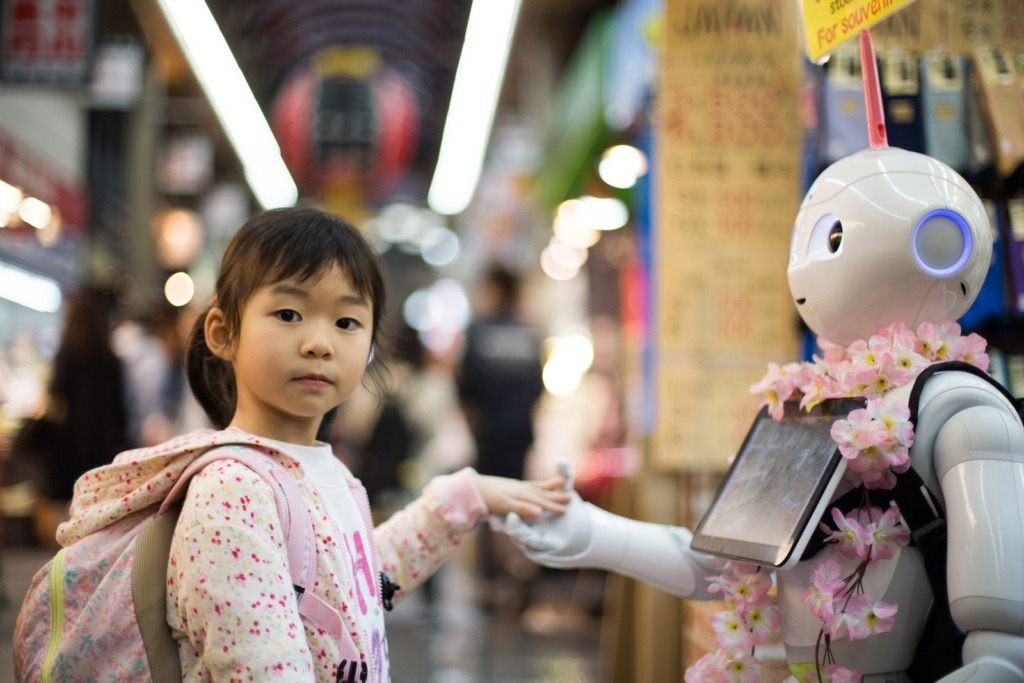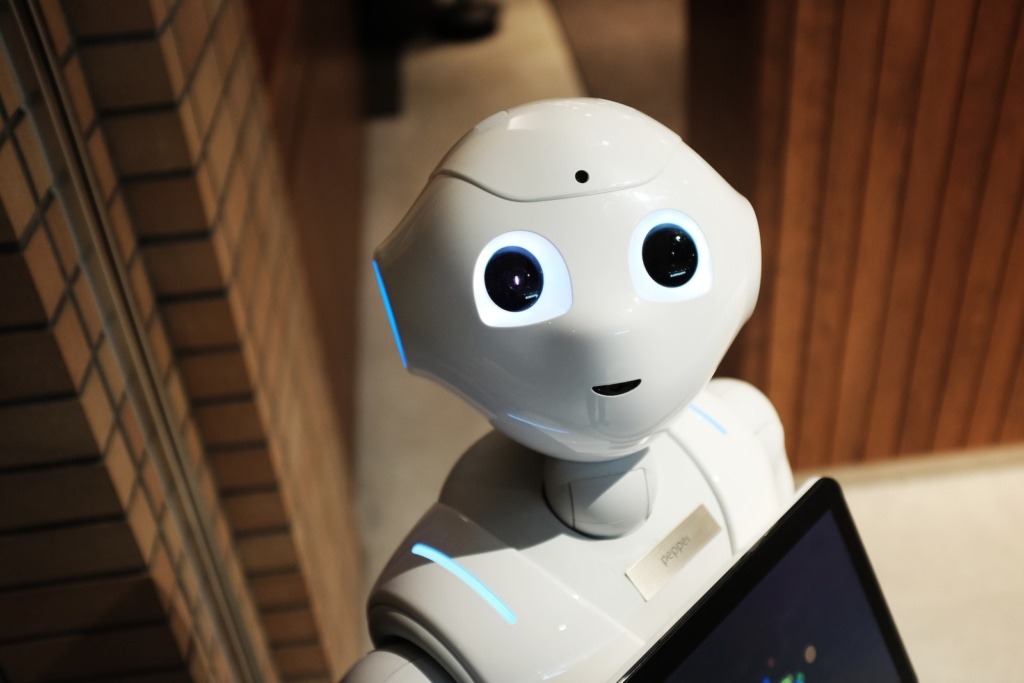Artificial intelligence (AI) is rapidly changing the world, and education is no exception. AI is being used to personalize learning, provide feedback, and automate tasks. It is also being used to create new educational experiences, such as virtual reality simulations and chatbots.
Here are some of the ways that AI is being used in education:

- Personalized learning: AI can be used to personalize learning by tailoring the content and instruction to each student’s individual needs. This can be done by analyzing student data, such as test scores and grades, to identify areas where they need help.Opens in a new windowelearningindustry.comPersonalized learning AI in education
- Feedback: AI can be used to provide feedback to students on their work. This feedback can be tailored to the individual student’s needs and can be provided in real time.
- Automated tasks: AI can be used to automate tasks, such as grading papers and creating lesson plans. This can free up teachers’ time so that they can focus on more important tasks, such as interacting with students.
- Virtual reality simulations: AI can be used to create virtual reality simulations that allow students to experience different environments and situations. This can be a helpful way for students to learn about different subjects, such as history and science.
- Chatbots: AI can be used to create chatbots that can answer students’ questions and provide support. This can be a helpful way for students to get help when they need it, 24/7.
The use of AI in education is still in its early stages, but it has the potential to revolutionize the way we learn. By automating tasks, providing personalized learning, and creating new educational experiences, AI can help students learn more effectively and efficiently.
Here are some of the potential benefits of using AI in education:

- Improved learning outcomes: AI can help students learn more effectively by providing personalized learning and feedback.
- Reduced costs: AI can help to reduce costs by automating tasks, such as grading papers and creating lesson plans.
- Increased access to education: AI can help to increase access to education by providing personalized learning to students in remote areas.
- Improved teacher productivity: AI can help teachers to be more productive by freeing up their time to focus on more important tasks, such as interacting with students.
- Personalized learning: AI can help to personalize learning by tailoring the content and instruction to each student’s individual needs.
However, there are also some potential challenges associated with using AI in education:
- Bias: AI systems can be biased, which could lead to unfair treatment of students.
- Privacy: AI systems collect a lot of data about students, which raises privacy concerns.
- Job displacement: AI could displace some teachers, as tasks that are currently done by teachers can be automated.
- Cost: AI systems can be expensive to develop and implement.
Overall, the use of AI in education has the potential to be a powerful force for good. However, it is important to be aware of the potential challenges and to mitigate them as much as possible.
